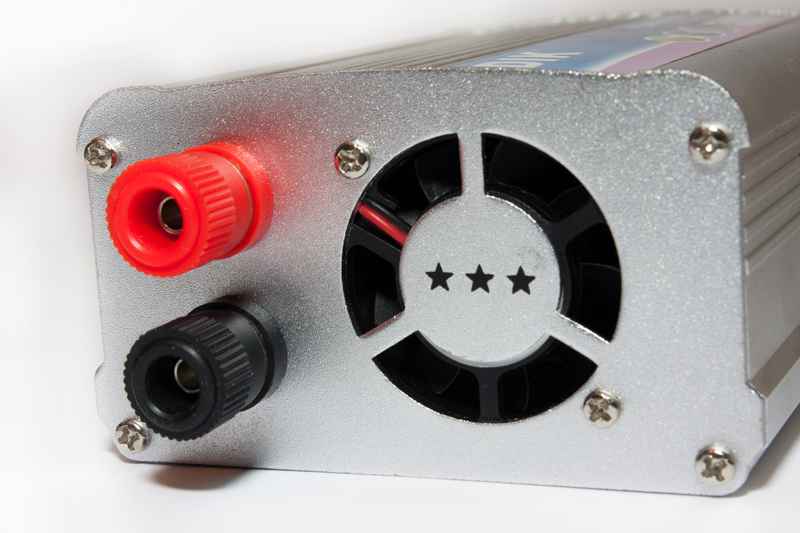

WFCO has made some key suggestions when it comes to installation to prevent the common overheating fault. However, WF has suggested that it is primarily due to improper installation. Owners have highlighted this as one of the key complaints associated with the device. This has caused many of the converters to break primarily by frying the internal circuitry, which permanently damaged the device. Unfortunately, the device has no safety mechanism or warning alarm. The WF-9865 is renowned for overheating during extended periods of use. However, this is a reasonably rudimentary approach to dealing with an incredible temperature that is produced by the component. The power converter is equipped with a cooling fan to disperse heat during high usage. Although the WF-9865 is renowned for its silent operation, the primary output it creates is heat as a byproduct of the high-voltage conversion. The nature of the converter means that an abundance of heat is generated during operation. However, unanticipated spikes coming from the converter could be protected against a higher-rated fuse system, but this can result in fires. The component is rated to 65amps with a recommended use of an 80amp fuse set up to ensure safe charging conditions. Due to the volatility of the voltage inputs and outputs is a common issue associated with the WF-9865. Luckily, in this instance, they simply require tightening.Īnother potential cause is that supplied circuit breaker or fuse is blowing prematurely, which will present the same symptoms as a faulty connection as they are essentially the same thing.ĭepending on the failsafe fuse system, there will either be a tripped fuse that needs to be replaced or a blown one that needs to be physically replaced. Owners have commented that the connection points could be stronger, considering the operational conditions of the converter.ĭue to the excessive vibration experienced by the components within the RV when it is moving, they are prone to coming loose and failing to connect properly over time. Therefore, the first issue that should be checked is if there is a fundamental connection issue between the converter and the batteries themselves. Although this is a common fault reported by the owner, often it is the result of external factors.ĭepending on the way in which the system has been installed, there may be power from the RV appliances, but the batteries are dead when it is disconnected. One of the most common issues associated with the WF-9865 is that it fails to power the batteries when it is hooked up to mains power. Hence why they are often referred to as battery charging units. This ensures that they last for as long as possible with a well-monitored system that will ensure they are protected. They convert electrical energy to the appropriate level before charging the leisure batteries. Therefore, were the batteries and a socket to be connected, the batteries would quickly fry due to the inconsistent power dynamic. However, mains electrical power is far higher at around 110-120V depending on the power from the site. Leisure batteries typically hold their charge at around 12V or 24V. Therefore, a crossover of technology has had to be integrated into RVs to ensure the electrical systems can cope with the changing demands. Over time, the RV industry has identified the need for both power methods to create versatile RV set-ups to satisfy all potential situations an RV owner may encounter. Often they are used in conjunction with solar panels, which offer continual charging capabilities to guarantee long-term power. The off-grip power source is most often stored by onboard leisure batteries. However, as the industry has adapted, RV enthusiasts now demand power whenever they need it, creating a need for ‘ off-grid’ power supplies. Typically, power has come from mains hook-up from the RV site, which feeds 110-120V power into an RV to operate all of the onboard electronics. Traditionally RVs possess one form of power. Power converters work a little bit like an inverter but for your batteries. This article will produce the most effective troubleshooting scenarios and the best means of fixing the most common problems. Their essential and heavy workload means that the RV can often be rendered useless until it is fixed. However, these complex apparatuses have a tendency to fail from time to time. They are the essential component that allows for the combination of mains power hook-up while facilitating onboard battery charging simultaneously. Power converters are critical pieces of equipment for a high functioning RV.


 0 kommentar(er)
0 kommentar(er)
